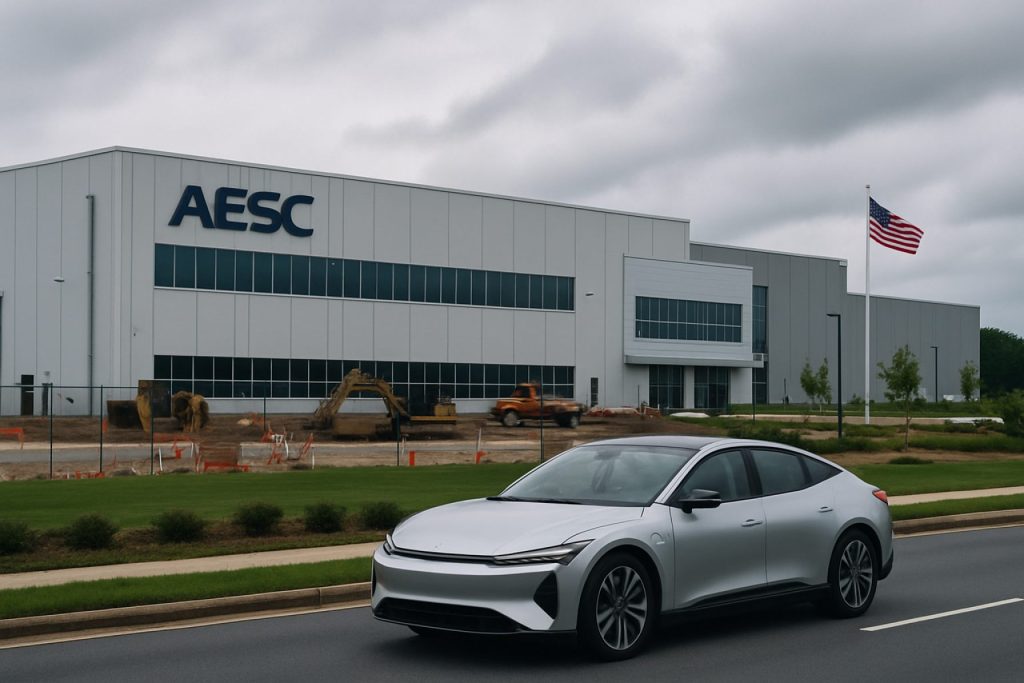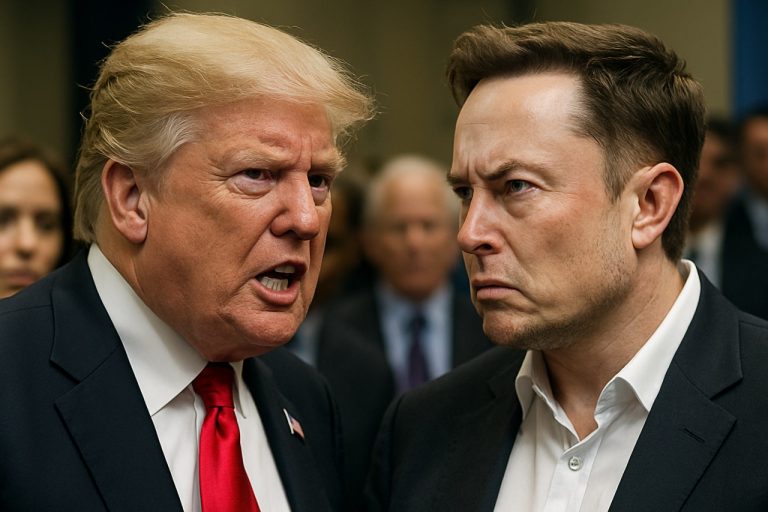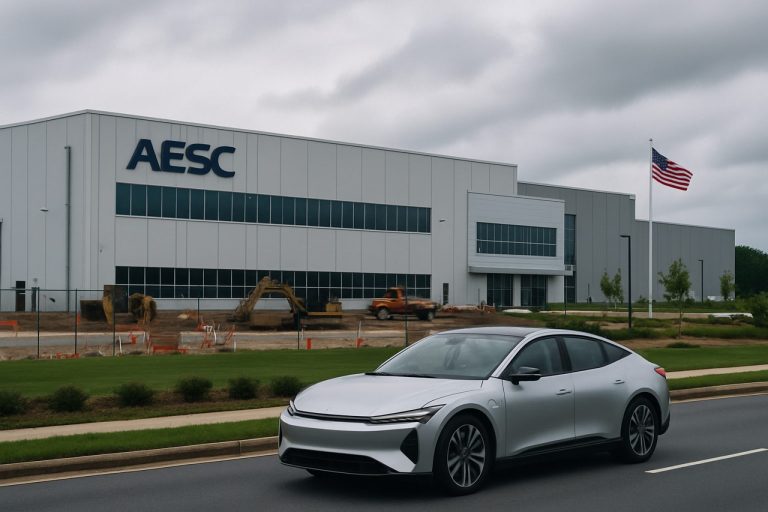
South Carolina’s $1B EV Battery Dream on Hold: What AESC’s Big Pause Means for Jobs and Industry in 2025
AESC halts its cutting-edge South Carolina EV battery factory, raising big questions about jobs, investments, and the state’s economic future.
- $1B+ invested in the Florence County facility so far
- 1,600 jobs promised by AESC
- $1.6B total planned investment in the site
- 1st major pause in a 2025 U.S. gigafactory project
South Carolina’s ambitious leap into the electric vehicle (EV) future has just hit a major speed bump. AESC, a global leader in EV battery technology, has announced an abrupt pause on construction of its state-of-the-art Florence County plant—the same plant set to supercharge battery supply for BMW’s U.S. production hub.
AESC has already sunk more than $1 billion into the massive facility, with plans to invest $1.6 billion and create 1,600 high-paying jobs over the next few years. Now, with construction halted, the project’s future—and the region’s hopes—hangs in the balance.
Q: Why Did AESC Suddenly Stop Building in South Carolina?
Policy confusion and unpredictable shifts in the EV market triggered AESC’s decision. Supply chain volatility and changing federal incentives in 2025 have left multiple clean energy projects across the U.S. scrambling to adapt. The company insists the pause is temporary and remains committed to fulfilling its original job and investment pledges.
How Does This Affect Local Jobs and the Economy?
The halt leaves more than 1,600 anticipated jobs in limbo, sending ripples through Florence County and greater South Carolina. Local leaders are rallying to safeguard workforce development plans, emphasizing strong partnerships with global automakers like BMW.
Experts note this setback could slow momentum in the state’s electric mobility sector, but South Carolina’s established infrastructure and business-friendly climate provide hope for a rebound once market conditions stabilize.
What Does This Mean for the U.S. EV Industry in 2025?
AESC’s pause signals broader headwinds for America’s EV infrastructure buildout. The U.S. Department of Energy’s push for rapid EV market adoption faces fresh challenges, with gigafactory construction delays impacting everything from automaker supply chains to nationwide climate ambitions. In fact, 2025 has seen several battery startups scaling back timelines as raw material costs and global demand waver.
Despite these woes, demand for electric vehicles across North America remains strong, with leaders like Tesla and GM anchoring the industry’s long-term outlook.
How Can South Carolina Prepare for the EV Jobs of Tomorrow?
- Invest in workforce training focused on advanced manufacturing
- Boost collaboration between public agencies and private-sector innovators
- Diversify economic incentives to attract more battery suppliers
- Monitor global policy shifts to stay competitive for future investments
Q: When Will Construction Resume?
AESC remains optimistic about restarting the Florence facility once market conditions improve. With over $1 billion already committed, local officials and residents are closely watching for positive signs in the coming months.
What’s Next? Spotlight on Resilience and Innovation
The EV revolution in South Carolina is down—but far from out. As industry leaders call for patience and adaptability, the state prepares for renewed growth when the sector regains its spark.
Stay Engaged—South Carolina’s Green Future Depends on Bold Community Action!
- Follow updates from AESC and state officials
- Support education and training in advanced manufacturing
- Watch for new incentives and partnerships in the EV sector
- Stay informed on shifting federal and global energy policy



